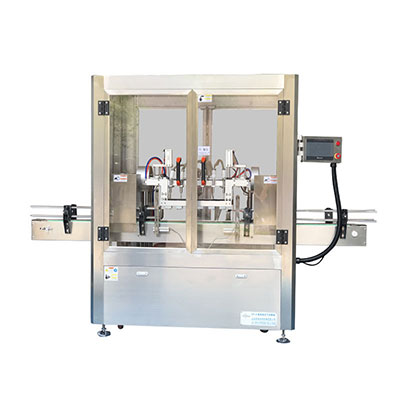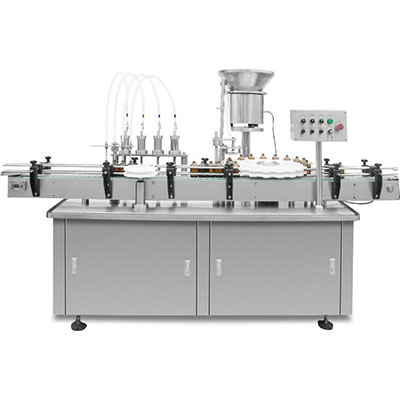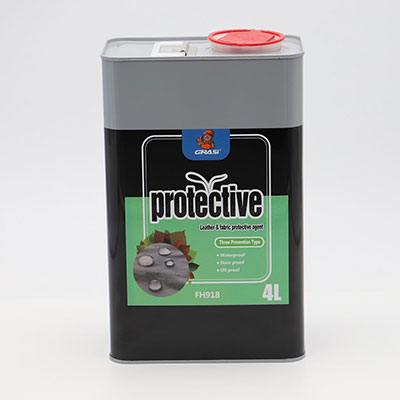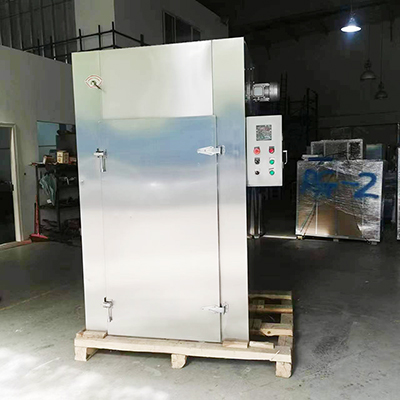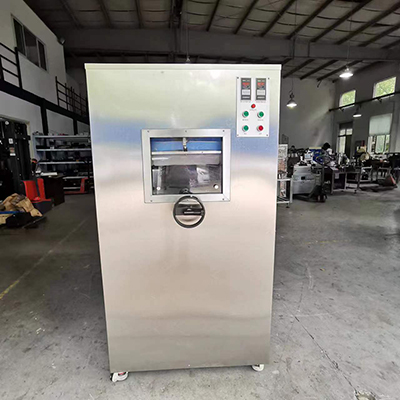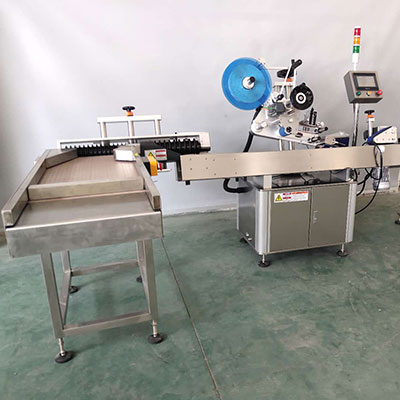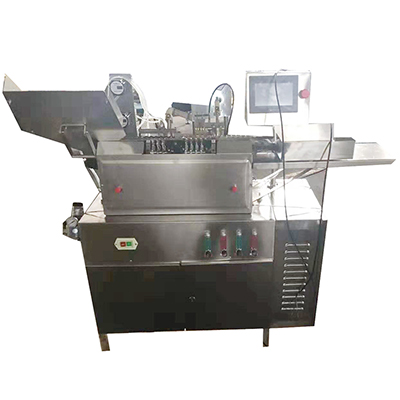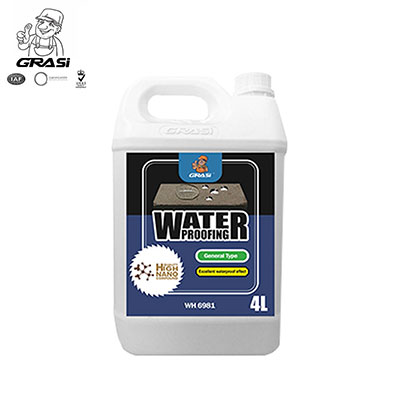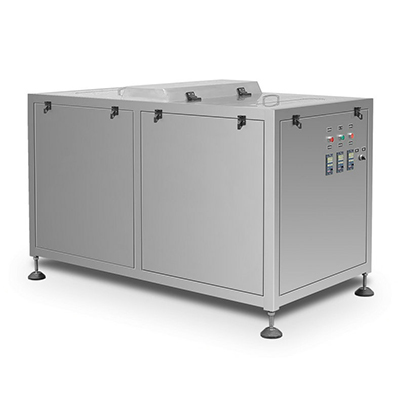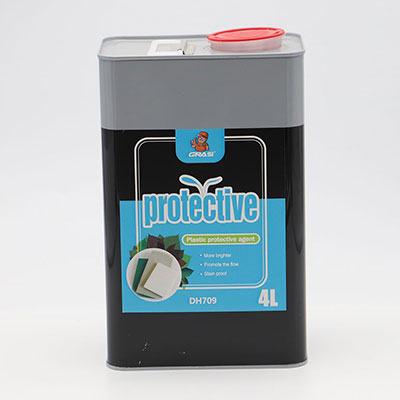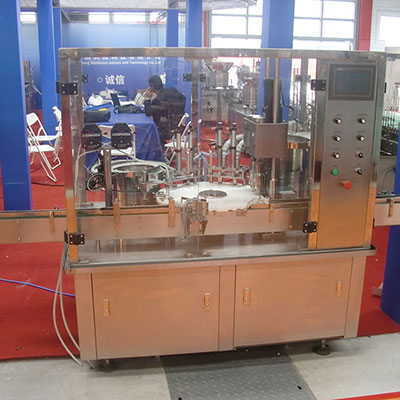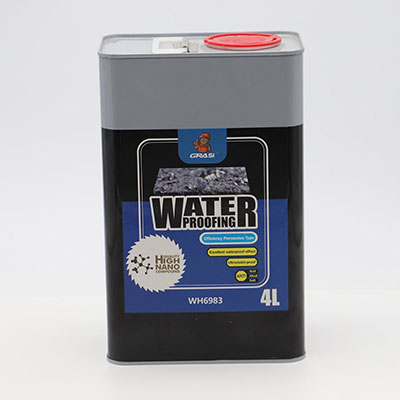Ion Exchanger
In order to increase filter fineness, ion exchanger is often used for the second-stage desalination after RO process. It aims to further remove TDS, organic matters from the water and lower the conductivity so as to make the water quality reach the required standard.
Application
The ion exchanger can be applied in the boiler, thermal power plant, chemical industry, light industry, textile, medicine, biological, electronic and atomic energy industries for water pretreatment. It is also suitable for hard water softening, deionized water preparation, food and medicine discoloring and refining, precious metal and chemical material reuse, and electroplating wastewater treatment.
Classification:
Na-ion exchanger (softener), negative-positive ion exchange bed, mixed bed.
Negative-positive Ion Exchange Bed
The negative-positive ion exchange bed is also called compound bed. It connects the negative and the positive ion exchangers in series to desalt water.
Mixed Bed
In a mixed bed, the negative and positive ion exchange resin will be filled into one ion exchange device according to certain proportions. After ion exchange, the H-ion and OH-ion in water will form water molecules with low degree of ionization. Thus the exchange reaction will be completed thoroughly. Mixed bed is usually used after the first-stage compound bed for further water purification. If the requirement for water quality is not quite high, the mixed bed can be used separately.
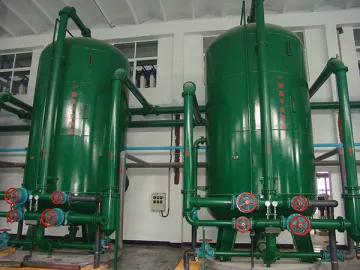
Na-ion Exchanger
Na-ion exchanger, which is the softener, is used to remove the Ca-ion and Mg-ion from water to get soft water. The Ca-ions and Mg-ions which make water hard will be replaced by the Na-ion in the ion exchange resin in the softener. Without Ca-ions and Mg-ions, water is not easy to form carbonate scale and sulfate scale, thus is softened.
Links:https://www.globefindpro.com/products/78130.html
-
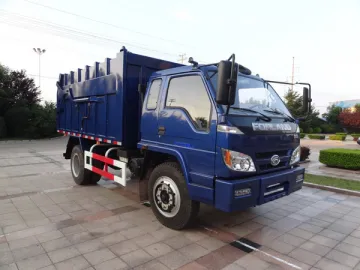 10 Cubic Meter Closed Garbage Truck
10 Cubic Meter Closed Garbage Truck
-
 10 Cubic Meter Sprinkler Truck (Chinese Standard)
10 Cubic Meter Sprinkler Truck (Chinese Standard)
-
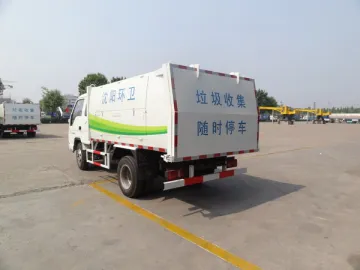 7 Cubic Meter Closed Garbage Truck
7 Cubic Meter Closed Garbage Truck
-
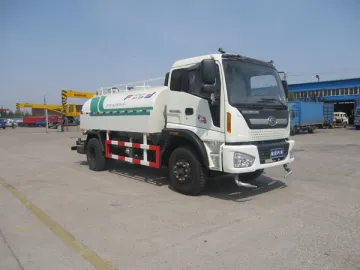 8 Cubic Meter Sprinkler Truck
8 Cubic Meter Sprinkler Truck
-
 Dump Truck
Dump Truck
-
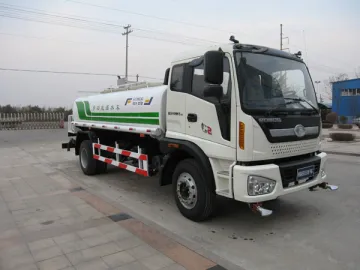 10 Cubic Meter Sprinkler Truck
10 Cubic Meter Sprinkler Truck
-
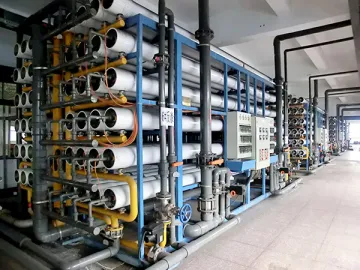 Nanofiltration System
Nanofiltration System
-
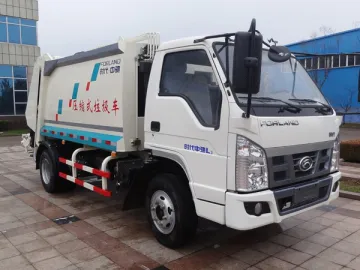 3 Ton Garbage Truck with Compactor
3 Ton Garbage Truck with Compactor
-
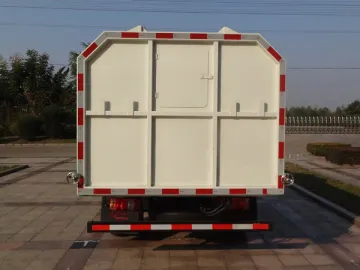 7 Cubic Meter Automated Side Loader
7 Cubic Meter Automated Side Loader
-
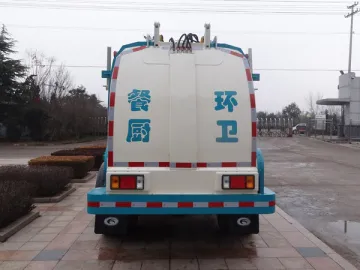 Food Waste Collection Truck
Food Waste Collection Truck
-
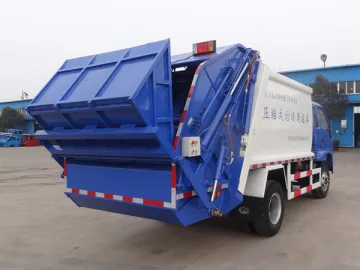 5 Ton Garbage Truck with Compactor
5 Ton Garbage Truck with Compactor
-
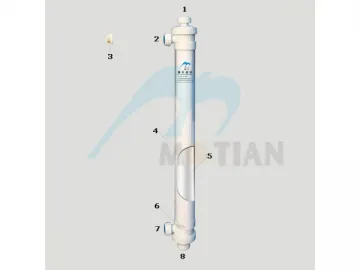 UF1IB90 PS Hollow Fiber UF Membrane
UF1IB90 PS Hollow Fiber UF Membrane
